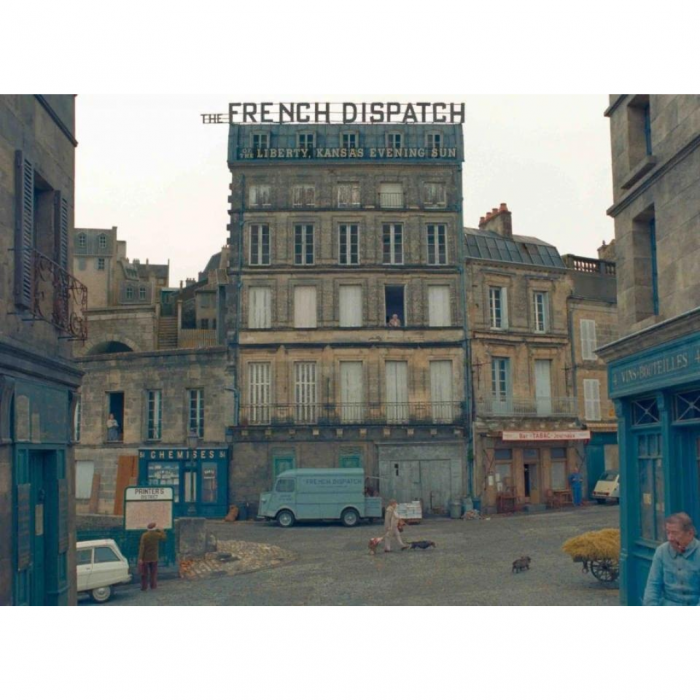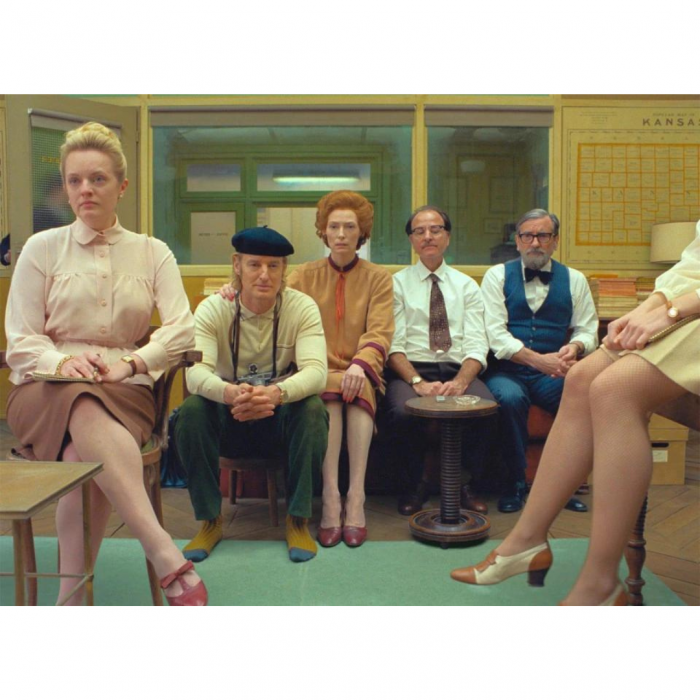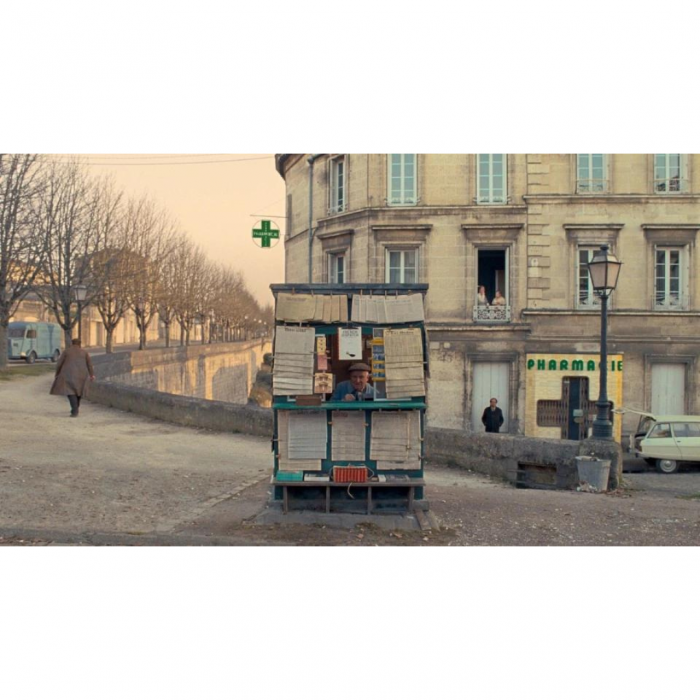
- Permbajtja
- prev
- next
- prev
- next
Wes Anderson’s most architecturally ambitious film, perhaps his worst
In The French Dispatch, Wes Anderson exaggerates and builds a completely fictional city, French in style and American in decor. But as they say, sometimes it is too much of a good thing.



